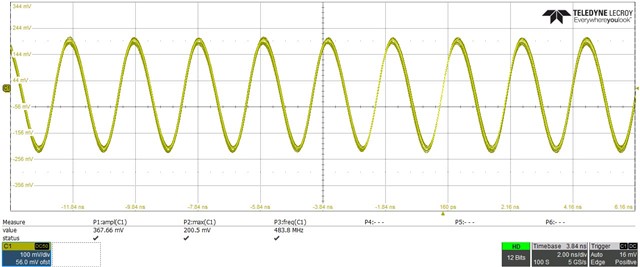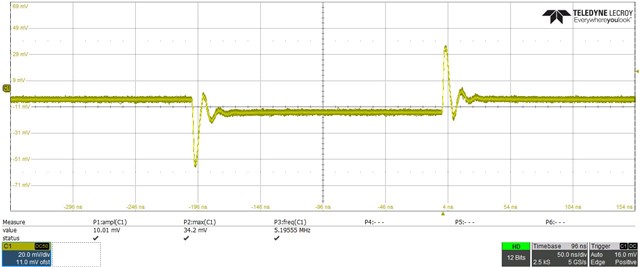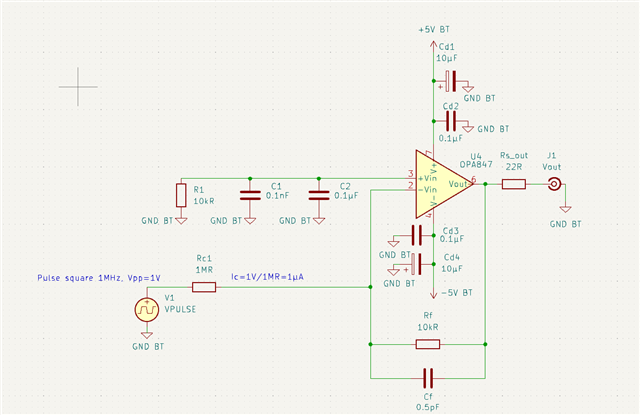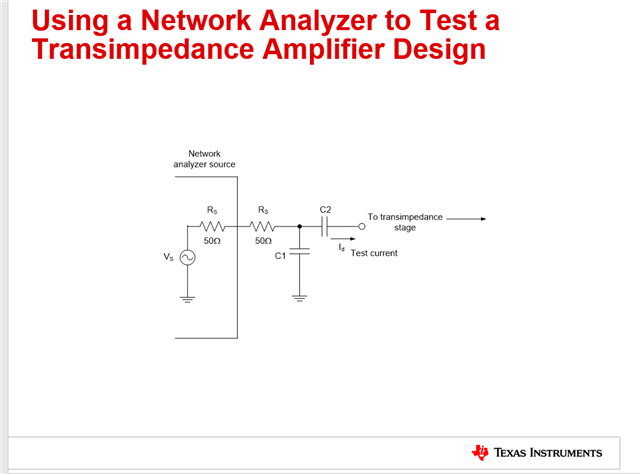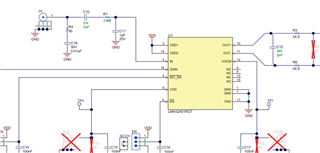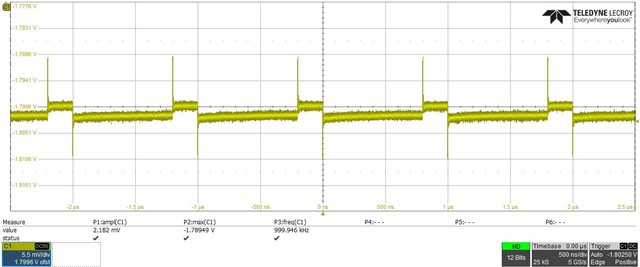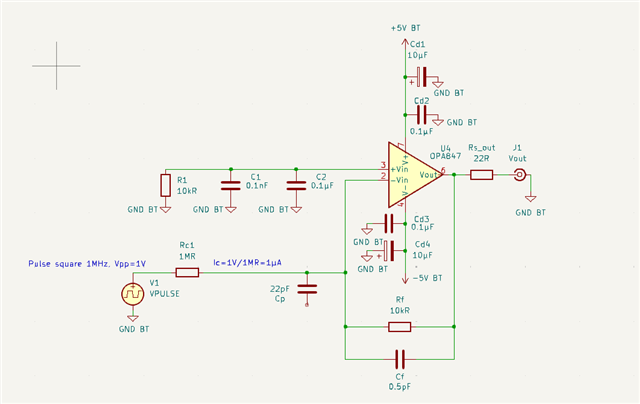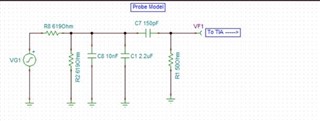Other Parts Discussed in Thread: DEM-OPA-SO-1A, TINA-TI, , LMH6629, LMH32401
Tool/software:
Hello,
I’m a beginner with transimpedance amplifier design.
APD:
- Photocurrent: pulses of a few µA, width on the order of 10 ns
- Intrinsic capacitance: ~22 pF
For now, I’m only at the simulation stage, working on developing a stable TIA circuit without actually using my APD. So instead, I’m using a function generator to produce 1 MHz square pulses, and right after the input I place a 1 MΩ resistor, which gives me a current of 1 µA.
I estimated the total parasitic capacitances at the input to be about 28 pF.
I used the TIA_calc Excel calculator to check my calculations.
I need a bandwidth of 40 MHz, so a feedback resistor of 10 kΩ and a feedback capacitor of 0.5 pF seem appropriate (I subtracted 0.2 pF from my actual Cf value to account for the internal capacitance of the resistor, which is 0.2 pF).
I built this on a DEM-OPA-SO-1A board suited for TIAs, and I do get a square signal.
The big issue is that I have a very large overshoot regardless of the setup (on the order of several hundred percent) and when I try to set a feedback Cf (0.2,0.3,0.5pF) it goes straight to oscillation.
Also, if I try to adjust the Cf values, my system starts oscillating badly, and I don’t really understand why...
I’m attaching my KiCad schematic and the Tina-TI file (I’m not very familiar with this software, I did my best), along with oscilloscope screenshots of my output.
Thanks.


